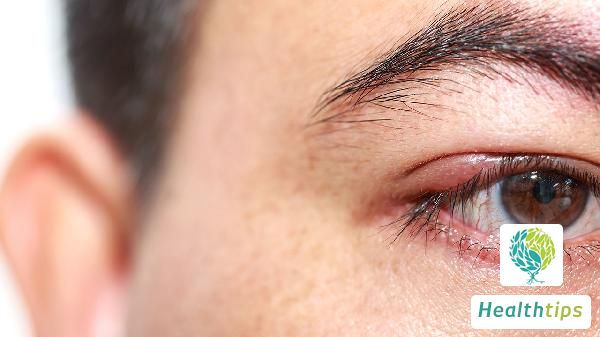How to Treat Allergic Purpura Rash?
Allergic purpura rash is commonly seen distributed below the buttocks and on the lower limbs. In severe cases, it may also appear on the chest, back, and face. Some special patients may even experience it on the ears, fingers, or penis. It is recommended for patients to consume foods rich in vitamins, especially vitamin C.

Now, let's delve into the treatment of allergic purpura rash. Firstly, recurrent allergic purpura rash can be treated with anti-allergic medications prescribed by a doctor. If the condition is particularly stubborn, it is essential to identify any underlying causes that may have been overlooked and seek further consultation.
While the rash itself is generally not a severe risk to children, it can become more concerning if it affects the kidneys or digestive system.
1. It is commonly distributed below the buttocks and on the lower limbs. In severe cases, it may appear on the chest, back, and face. Some special patients may experience it on the ears, fingers, or penis.
2. The rash appears as pinpoint to mung bean-sized spots, even reaching the size of soybeans. Persistent and recurrent pinpoint-like rashes should raise suspicion of allergic purpura.
3. In the early stages, the rash is usually bright red and gradually turns dark red, then yellowish-brown, and finally fades away within about 3-5 days.
4. Subcutaneous bleeding may occur in allergic purpura, where red blood cells from the blood vessels deposit into the skin and do not fade when pressed.
5. The rash often exhibits a symmetrical pattern.
1. High-protein foods such as lean meat, animal liver, eggs, and soy products should be consumed regularly to ensure adequate intake of quality protein.
2. Foods rich in vitamins, especially vitamin C, are crucial for maintaining normal vascular function.
3. If a food allergen is identified, it should be strictly avoided.
4. Patients with digestive symptoms may require a liquid or semi-liquid diet depending on their condition. For those with kidney damage, salt and water intake should be restricted.



















